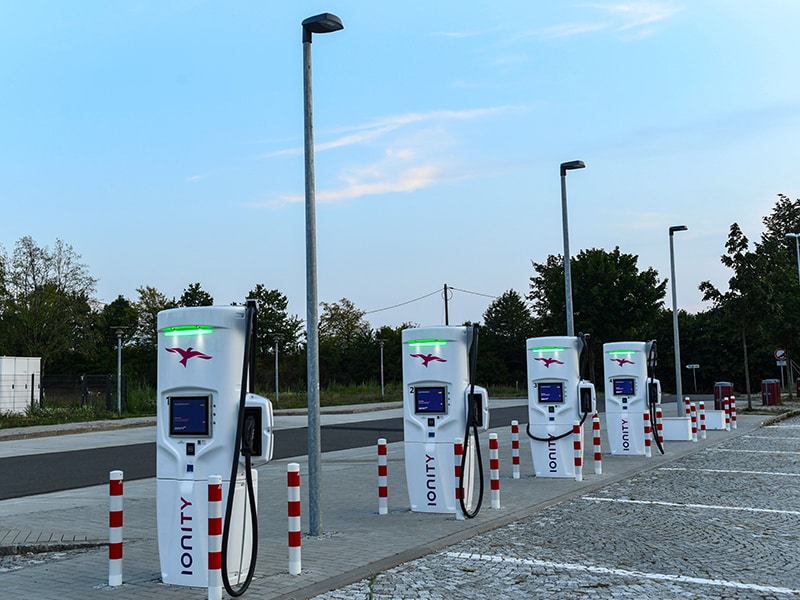
How Europe's ambitious new climate agenda will affect businesses
The European Union's plan to cut its greenhouse gas emissions by more than half by the end of the decade will touch almost every industry in the trade bloc, with profound consequences for jobs and the bloc's economy
 Image: REUTERS/Annegret Hilse
Image: REUTERS/Annegret Hilse
FRANKFURT, Germany — Cars with internal combustion engines will disappear from European showrooms by 2035. Steel producers and cement makers will pay for every ton of carbon dioxide their factories emit. Cargo ships may not be able to dock in ports like Rotterdam, Netherlands, or Hamburg, Germany, unless they run on cleaner fuels. Commercial airliners will be required to fill up with synthetic fuel produced with green energy.
The European Union’s plan to cut its greenhouse gas emissions by more than half by the end of the decade will touch almost every industry in the trade bloc, with profound consequences for jobs and the bloc’s economy. European leaders said the climate package presented on Wednesday could put Europe at the forefront of new technologies like electric car batteries, offshore wind generation or aircraft engines that run on hydrogen.
But the transition will also be painful for some consumers and companies, raising the cost of a wide variety of goods and services, like video monitors imported from China, for example, or a vacation flight to a Greek island or even a full tank of gasoline. Companies that make products destined for obsolescence, like parts for internal combustion engines, must adapt or go out of business.
The proposals could reshape polluting industries like steelmaking, which directly employs 330,000 people in the European Union.
“This is a truth that needs to be told,” said Akio Ito, a senior partner at Roland Berger, a consulting firm based in Munich. “One way or the other, we as consumers will have to pay the price for the green transformation.”
©2019 New York Times News Service







